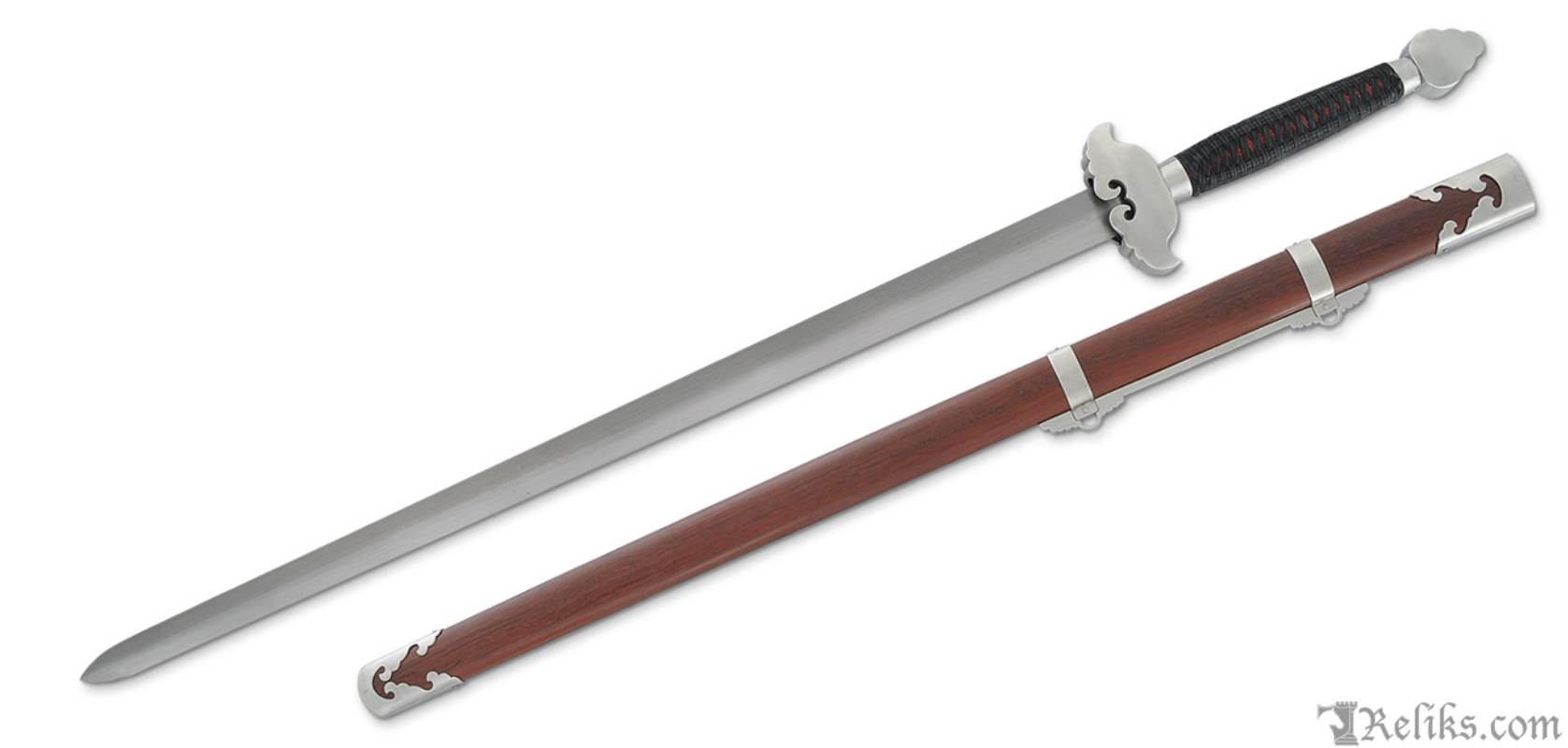Nice video. I would say that for the most part the jian i have held have had wider blades than that. Actually, as I think on it, I have a couple Chinese imports that have quite heavy and wide blades, I think little different from a European long sword. That photo i posted a few clicks back of the longsword hilt, is the one. This was made in the 1970s and I believe the blades were being heavily overbuilt at that time. I think the makers didn’t understand the historical blade geometry as well as they do now, but even today you still see some bridge supports disguised as swords coming in from China. It’s funny, they seem to either be over heavy or super- light modern wushu stage props. At any rate, that heavy sword was built as a single-hand jian. I was able to recapture more tang for the grip and it’s got a seven inch handle now. Weird, how they constructed some of these things.
So I guess sometimes I see jian that are on the narrower side, and other times I see wider blades that would compare with an arming sword or a long sword.




